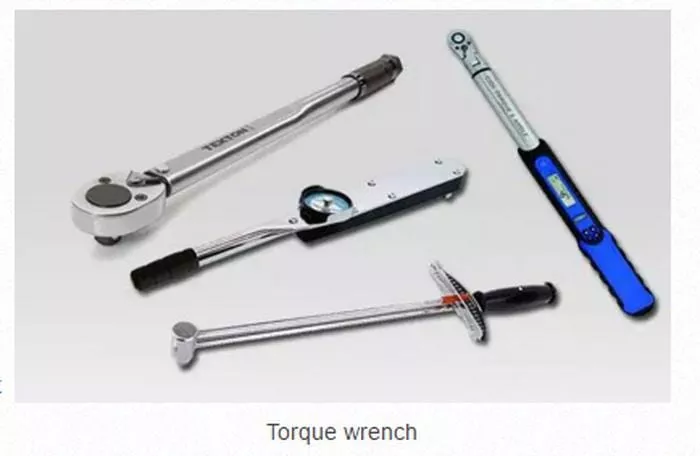Even with the most advanced suspension system, it takes just one loose lug nut to cause your car’s wheel to misbehave and transmit deranging and dangerous vibrations in the steering wheel. In case of proper wheel fitting, it all shrinks down to the amount of torque is applied to the nut in order to tighten it, as well as how the torque is applied. One should keep in mind that both less tightening and over-tightening of the nuts produces undesired effects: vibrations, brake disk damage or may even cause the wheel to come off in extreme cases. A torque wrench is the best option to tight the lug nuts properly.
What exactly is torque?
When you are tightening your vehicle’s lug nut, you are using a wrench to apply a rotational force around the axis of the nut, thus causing it to rotate and go further in the inner thread of the suspension sub-assembly. Torque is measured either in Newton-Meters (Nm) or Pounds per Feet (lb-ft), depending on the international system used.

